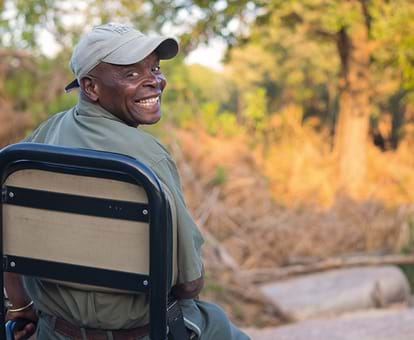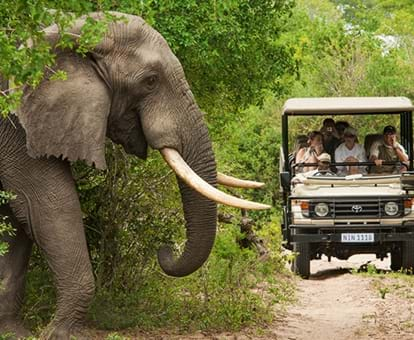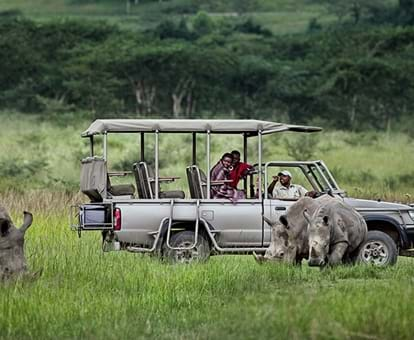By creating an account, I agree to the
Terms of service and Privacy policy
Choose your country and language:
Africa
Americas
Asia Pacific
Europe
SSafaris in South Africa are a must for anyone fascinated by wildlife and here the Big Five refers to buffalo, elephant, lion, leopard and rhino. The thrill comes from photographing, observing and appreciating them in their natural habitat.
If you're looking for a Big Five safari experience in South Africa you can go to almost any province, but the Kruger National Park which stretches across Mpumalanga and Limpopo provinces remains an iconic safari destination.
The Big Five abound and flourish in the park, and you can see them by self-drive, guided drives or guided walks through the bushveld.
WWe suggest you drive slowly, stop at waterholes, listen for the warning calls of birds, watch when other vehicles stop, and always keep your eyes open - this way you are bound to spot some of these majestic creatures.
PPrepare to be awed. Whether it is spotting a leopard dozing in the bough of a tree, a black rhino half-hidden in thick shrubs, finding a pride of lions in the shade after a kill, or watching a large herd of elephants or Cape buffalo move soundlessly across the road - these moments leave a permanent imprint on your soul.
But please, always remember that you're dealing with wild animals, and that you're in their territory. There are rules of engagement relating to Big Five safaris in South Africa. Read your guidebook carefully and heed the words of your ranger at all times.
Accommodation for Big Five safaris in Mpumalanga is either within the Kruger National Park or in the neighbouring private reserves such as Sabi Sand (which has the highest density of leopards in the world), Timbavati and Klaserie. Some lodges pride themselves on showing the Big Five to guests in record time, and you'll even walk away with a certificate.
Once you've done with the Big Five activities in Mpumalanga, it's time to “sweat the small stuff” and learn about the wondrous creatures like the dung beetle.
Related articles




